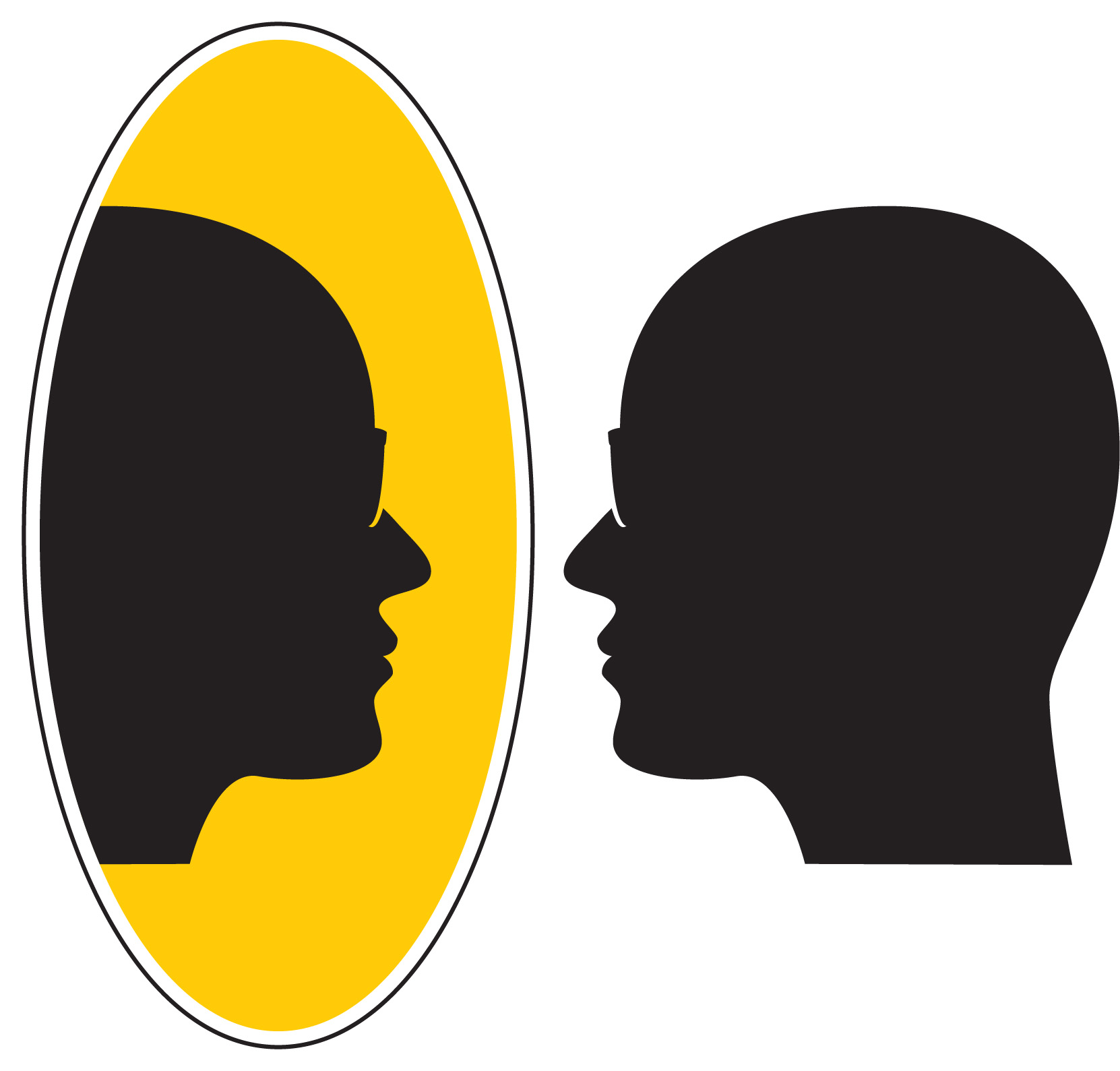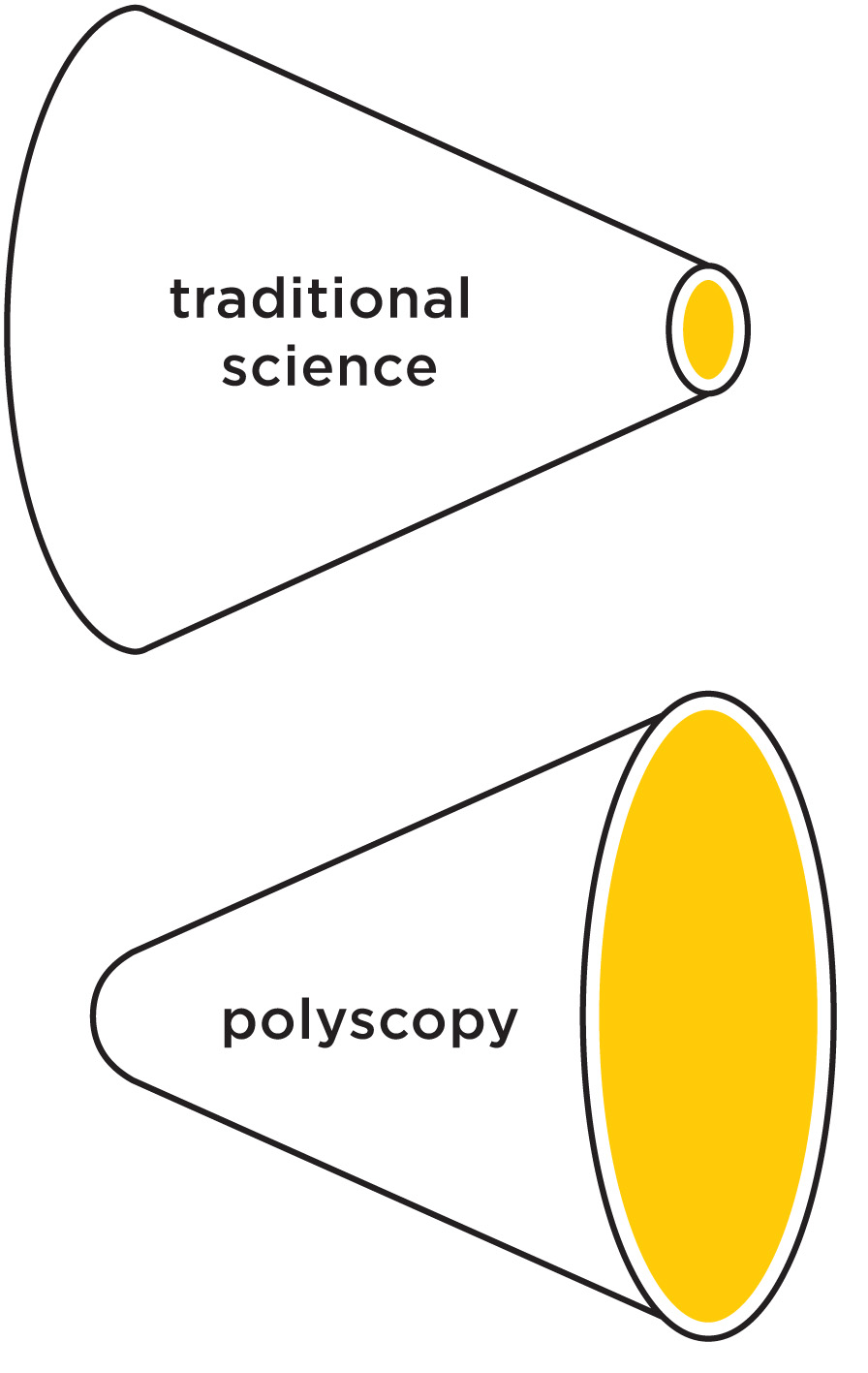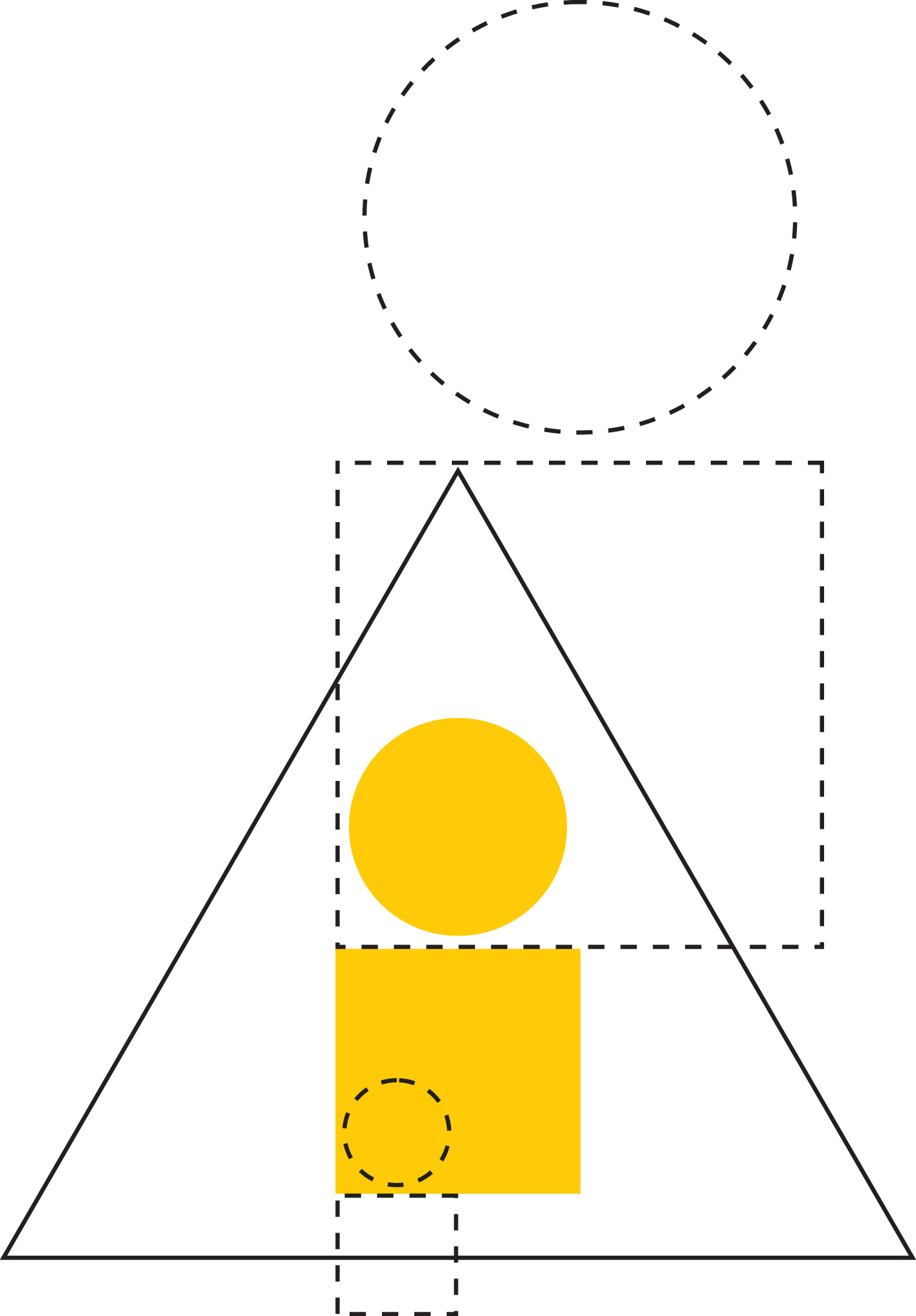Difference between revisions of "IMAGES"
m |
m |
||
| Line 8: | Line 8: | ||
<p>We here look at the [[paradigm|<em>paradigm</em>]] modeled by [[knowledge federation|<em>knowledge federation</em>]] from its fundamental side. Although it may at first glance appear as a disruption or a revolution, we shall see that it is indeed a natural continuation or <em>evo</em>lution of the revolutionary processes that began in science a century ago. We show how this development may <em>both</em> allow us to overcome the epistemological or fundamental incongruences that resulted from the disruptive insights that were reached in science – <em>and</em> give us the people the information we need.</p> | <p>We here look at the [[paradigm|<em>paradigm</em>]] modeled by [[knowledge federation|<em>knowledge federation</em>]] from its fundamental side. Although it may at first glance appear as a disruption or a revolution, we shall see that it is indeed a natural continuation or <em>evo</em>lution of the revolutionary processes that began in science a century ago. We show how this development may <em>both</em> allow us to overcome the epistemological or fundamental incongruences that resulted from the disruptive insights that were reached in science – <em>and</em> give us the people the information we need.</p> | ||
<h3>Rebooting IT innovation</h3> | <h3>Rebooting IT innovation</h3> | ||
| − | <p>It needs to be emphasized – especially for the benefit of our members and colleagues who perceive [[knowledge federation|<em>knowledge federation</em>]] as mainly a technical and technological field of interest – that what is being advocated here is not at all a departure from this interest. On the contrary! The common practice is to use the technology in general, and the information technology in particular, to automate and enhance what the people are <em>already</em> doing (think of your physical desktop, the filing cabinet and the mailbox being re-implemented in the digital medium). It is only when we go back to the purpose of what we do, or even better to the underlying principles – and determine what information may need to be like, that we become able to truly innovate, and truly benefit from | + | <p>It needs to be emphasized – especially for the benefit of our members and colleagues who perceive [[knowledge federation|<em>knowledge federation</em>]] as mainly a technical and technological field of interest – that what is being advocated here is not at all a departure from this interest. On the contrary! The common practice is to use the technology in general, and the information technology in particular, to automate and enhance what the people are <em>already</em> doing (think of your physical desktop, the filing cabinet and the mailbox being re-implemented in the digital medium). It is only when we go back to the purpose of what we do, or even better to the underlying principles – and determine what information may need to be like, that we become able to truly innovate, and truly benefit from new technology. We shall see (in Innovation through Stories), that the new information technology presents a striking example of this point.</p></div> |
</div> | </div> | ||
---- | ---- | ||
Revision as of 10:19, 15 August 2018
Contents
Federation through Images
Fundaments of an emerging paradigm
What distinguishes academic knowledge
No rational person will claim that knowledge should not be useful. And yet there are good reasons why the instruction in practical skills such as cooking and automobile repair – and at times even design and architecture – were not admitted to universities. Academic knowledge is the knowledge of principles; it is knowledge that is rigorously founded in time-tested scientific methods and procedures.
New insights are calling for an update
We here look at the paradigm modeled by knowledge federation from its fundamental side. Although it may at first glance appear as a disruption or a revolution, we shall see that it is indeed a natural continuation or evolution of the revolutionary processes that began in science a century ago. We show how this development may both allow us to overcome the epistemological or fundamental incongruences that resulted from the disruptive insights that were reached in science – and give us the people the information we need.
Rebooting IT innovation
It needs to be emphasized – especially for the benefit of our members and colleagues who perceive knowledge federation as mainly a technical and technological field of interest – that what is being advocated here is not at all a departure from this interest. On the contrary! The common practice is to use the technology in general, and the information technology in particular, to automate and enhance what the people are already doing (think of your physical desktop, the filing cabinet and the mailbox being re-implemented in the digital medium). It is only when we go back to the purpose of what we do, or even better to the underlying principles – and determine what information may need to be like, that we become able to truly innovate, and truly benefit from new technology. We shall see (in Innovation through Stories), that the new information technology presents a striking example of this point.
Ideograms
Not all images are worth one thousand words
But the ideograms are! They play a similar role in knowledge federation as mathematical formulas do in traditional science. An ideogram can condense a wealth of insights and many pages of text into an image whose message can be recognized at a glance. Recall the Newton's formula, or Einstein's ubiquitous E=mc² – those too are ideograms! But the possibilities behind the ideographic approach are endless, and they vastly surpass the conventional maths.
The creative possibilities of ideograms also surpass our illustrations – and are yet to be developed through creative use of new media.
The ideogram we are about to see next renders the essential ideas behind our initiative in a nutshell.
Redirecting creativity
Modernity ideogram
The Modernity ideogram is a visual definition of the challenge to which we offer knowledge federation as an answer.

Imagine us riding in a bus with candle headlights, through obscure and uncharted terrain, and at an accelerating speed. By representing our civilization as a bus, and our handling of information as its candle headlights, the Modernity ideogram points to an incongruence. Could it indeed be possible (aren't we living in the Age of Information?) that information is that one centrally important thing that we've somehow forgotten to modernize?
To be meaningfully directed and sustainable, posits the Modernity ideogram, our movement into the future must be suitably informed. The knowledge work we have inherited will not fulfill that role. It has evolved based on an old principle of operation and technology, and for an entirely different purpose. A new approach to knowledge is needed, which combines the new purpose with new technology.
The Modernity ideogram is also a visual definition of some of our core keywords.
Knowledge federation
You may now easily understand knowledge federation as a prototype of a socio-technical 'light bulb'. You may understand our proposal as an initiative to create new 'headlights', and to put them to practical use.
No sequence of improvements of the candle will produce the light bulb. Hence we found it necessary to produce this prototype as a proof of concept. The claim we now submit to our dialog is "Suitable 'headlights' can indeed be created, in accordance with time-honored academic values and insights – and here is how."
Systemic innovation
The headlights are just a tiny part of the bus. Their monetary value is negligible in comparison. And yet they will determine the actual value of the whole big thing! The design of the headlights will ultimately decide whether the 'bus' will be a mass-suicide machine, or a vehicle taking us safely to any place or condition where we may reasonably want to be.
We define systemic innovation as "innovation toward wholeness". Systemic innovation is the innovation whose goal is to secure the wholeness or proper functioning of the system or systems in which what is being innovated has a role. Knowledge federation may now be understand as (a result of) systemic innovation in knowledge work.
Notice that systemic innovation depends on a profound change of values. It is an alternative to treating information, or anything else, as a commodity. And to allowing "shareholder value" or "market needs" to orient what we do, and trusting tht "the invisible hand" will secure systemic wholeness (a sustainable or well-functioning order of things).
Guided evolution of society
The Modernity ideogram is also a straightforward illustration of Bela H. Banathy's keyword guided evolution of society – which we'll use here as (roughly) a synonym to "sustainable development". The ideogram points to knowledge federation as an initiative to provide "evolutionary guidance"; and as a natural first step on this new evolutionary course.
Design epistemology
The Design epistemology is a set of values that can orient knowledge work in this new direction. Information and knowledge are seen as a system within a system, and handled and prioritized accordingly.
A salient characteristic of this epistemological stance is that it not legitimizes the line of work that is the subject of our proposal as "academic" – but it even elevates its status to "basic research".
How to transform a candle into a light bulb
Philosophy in pictures
"And what is the use of a book, thought Alice, without pictures or conversations." Here we'll turn the philosophical ideas that knowledge federation is based on into pictures. And in Federation through Conversations we'll also make them a subject of our conversation.
Click on the name of the ideogram to open the document where the reversal or the practice is justified and explained by pointing to core insights of selected 20th century giants.
Reversing the purpose
The Mirror ideogram points to the possibility of reversing the conventional assumptions about the purpose of knowledge work. Since they determines how we valuate and prioritize knowledge work, and give its results credibility and status, we call this set of assumptions epistemology.
"On every university campus there is a mirror – although, busy with our article deadlines and courses, we do not normally see it," reads the explanation of this ideogram. "When we see ourselves in the mirror, we see the same world that we see around us. But we also see ourselves in the world." The mirror here symbolizes the insights reached in 20th century's science and philosophy, which challenged the age-old belief that our purpose in knowledge work is to describe the reality "objectively", i.e. as it truly is – and even the underlying assumption that such a description is possible.
As the case is in Louis Carroll's familiar story, it is possible to walk right through the mirror! And when one does, one finds himself in an entirely different academic reality, which is in a number of ways a reverse image of the reality we've grown accustomed to. Knowledge federation may be understood as a prototype of that new reality.
Reversing the principle of operation
The reversal pointed to by the Polyscopy ideogram is of the supposition that to be "academic" or "scientific", we must adhere to the hereditary terminology and methods of an established academic discipline.
Our design team simplified this ideogram by deleting the two eyes that were originally on the left-hand side of each of the conic tubes, to suggest that they represent "ways of looking" or scopes. The message is that when we've understood that any language and method are our own that is, a human creation, and that they necessarily tend to limit what we are able to see and communicate, it becomes natural to adjust them so that we may see more, and see what we need to see.
We show how this may be achieved in the creative space on other side of the mirror, by creating a general-purpose methodology – which allows us "to direct the mind so that it brings solid and true judgments about everything that presents itself to it", as Descartes already claimed we should.
.Reversing the outreach
The Science on a Crossroads ideogram points to the possibility to reverse the narrow and technical focus in the sciences – and create general insights and principles about any theme that matters. In the explanation of this ideogram we outline a method by which this can be achieved.
The Science on a Crossroads ideogram depicts the point in the evolution of science when it was understood that the Newton's concepts and "laws" were not parts of the nature's inner machinery that Newton discovered – but his own creation, and an approximation. Two directions of growth opened up to science. One direction was "downward" – to fix the "Newton's Laws" by making the concepts and the formulas less intuitive but more exact. The other direction, "upward", was to do in all walks of life what Newton did in physics – create approximate but precise-enough concepts and models, which can vastly improve our understanding of the most relevant issues, and correspondingly orient and improve the way we handle them. The sequence of scientists "converging to zero" in the ideogram suggests that only the "downward" option was followed.
Reversing the structure
The Information ideogram points to the structure of the information that knowledge federation aims to produce. Or metaphorically, our theme here is the construction of a suitable 'light bulb', and the nature its 'light'. In the explanation of this ideogram it is shown how the methodological ideas just described support this construction.
The “i” in this image (which stands for "information") is composed of a circle on top of a square. The square stands for the technical and detailed low-level information. The square also stands for examining a theme or an issue from all sides. The circle stands for the general and immediately accessible high-level information. This ideogram posits that information must have both. And in particular that without the former, without the 'dot on the i', the information is incomplete and ultimately pointless.
Reversing the operation
The Knowledge ideogram depicts knowledge federation as a process – and also the kind of knowledge that this process aims to produce.
It follows from the fundamentals we've just outlined that (when our goal is to inform the people) knowledge federation will do its best to federate knowledge according to relevance – and adapt its choice of scope to that task. The rationale is that "the best available" knowledge will generally be better than no knowledge at all. Knowledge, and information, are envisioned to exist as a holarchy – where the low-level "pieces of information" or holons serve as side views for creating high-level insights. Multiple and even contradictory views on any theme are allowed to co-exist. A core function of federation as a process is to continuously negotiate and re-evaluate the relevance and the credibility of those views.
See also
A way to change course
The Modernity ideogram is suggesting that when proper 'headlights' are put in place, 'the bus' will naturally change its course. Is this really the case? And if it is – in what way may this realistically be expected to happen? This of course is the key question, to which much of our knowledge federation prototype is meant to be an answer. By redirecting knowledge work, and innovation, the Modernity ideogram is of course itself part of the answer. But there are also quite a few others. Examining the Convenience Paradox ideogram (which points to a redirection of our pursuit of happiness) and the Power Structure ideogram (which points to a redirection of our pursuit of social justice or democracy) might already provide a sufficient clue.
A broader yet more solid foundation for truth and meaning
A good place to begin might be the blog post Return to Reason. This blog post is an explanation of the historicity of our conventional academic standards and practices (that they are not eternal ways to truth, but a product of specific circumstances and historical incidents that gave them their present shape) – which builds upon an expert opinion (Stephen Toulmin, whose book "Return to Reason" is surveyed and commented in the blog post, was a reputed philosopher of science). The book manuscript Informing Must be Designed (whose introduction is open but whose chapters need to be unlocked with the password "Dubrovnik") introduces the methods and techniques of polyscopy, and then applies them to justify the claim made in its title (which is the same as the main message of the Modernity ideogram). Chapter 4 introduces a novel way of understanding the power and politics – and shows why the new approach to knowledge is a necessary part of our "societal immune system". A more recent presentation of the foundations and method of polyscopy titled "What might play the role of Copernicus" (hear this recording while viewing these slides) is a play on the theme of another metaphor, Archimedes claim that he could "move the world" if he'd be given a lever and "a firm place to stand". An approach to knowledge is described that is capable of 'moving' our social and cultural world (a task to which we must give priority, now that we've acquired to "move" our physical world, albeit not always in the best possible way...).





